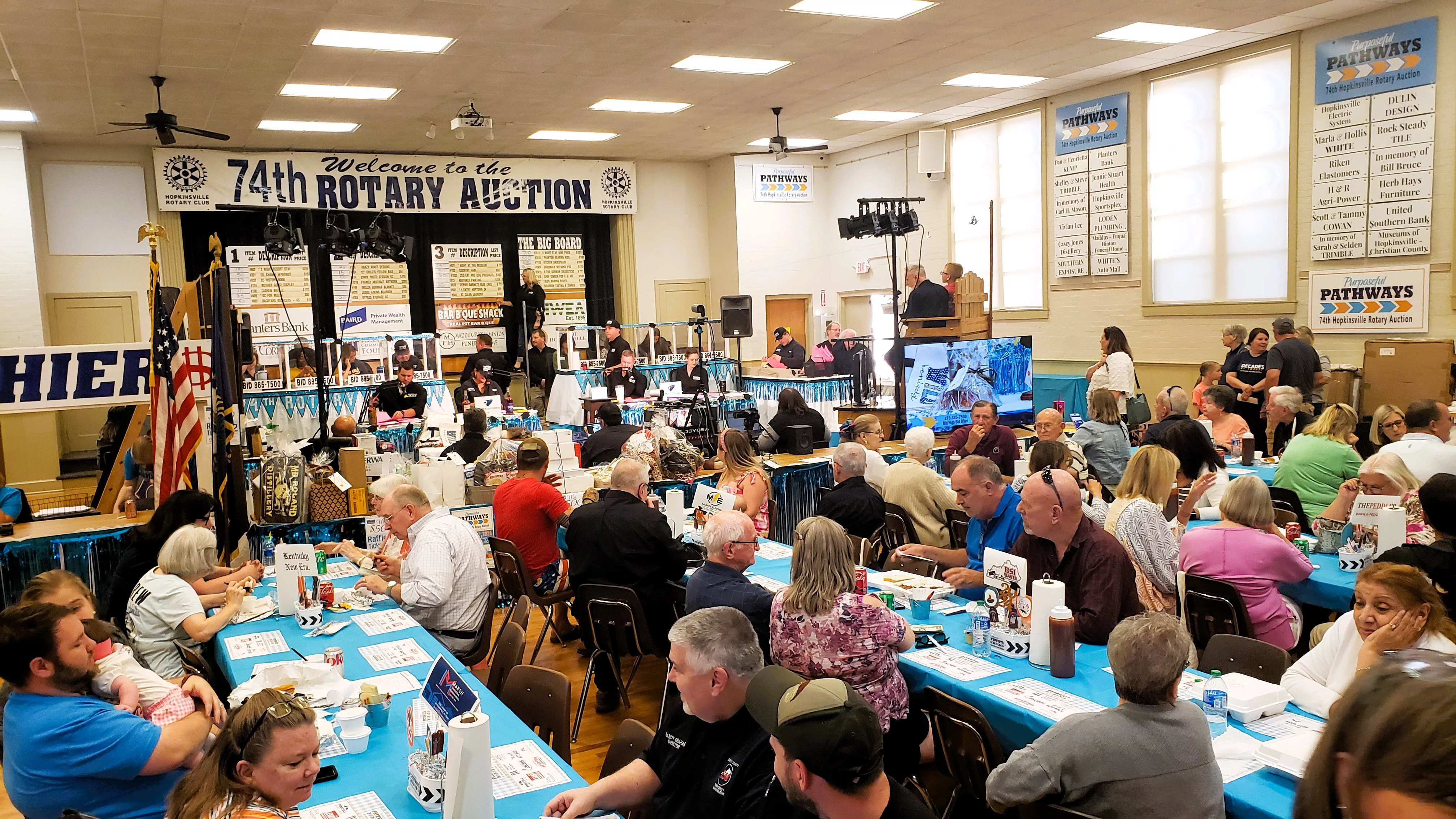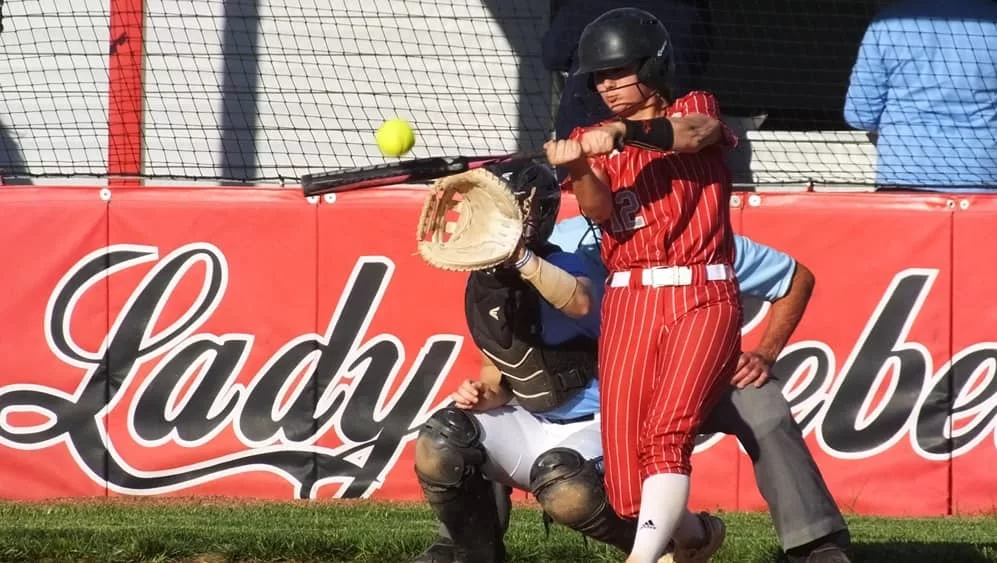Kelly Jackson
Christian County Extension Office
Backyard Pears
Although not quite as popular as apples, the fruiting pear has been a staple in the backyard orchard since it was first recorded being grown in Massachusetts in 1630. Pears are an easy to grow fruit because they tolerate a wide range of conditions. They are good for eating fresh or processing. And with the exception of one disease, there are little pest problems to content with.
Much of the success or failure of growing pears comes down to cultivar selection. Fire blight is a serious problem to pears. Damage may occur to the pear’s twigs causing them to wilt and turn dark brown usually in a cane-like crook shape. Blossoms and even the trunk can become infected reducing the fruit load for the current and subsequent years. Some cultivars have a degree of resistance to this disease but Kentucky’s humidity, which favors fire blight conditions taxes even the most resistant varieties so that symptoms may still occur, although much more reduced.
You have two types of pears to consider when making your selections – European and Asian. We are mostly familiar with the European pears, those with the typical pear shape of a long neck and swollen base. Asian pears are shaped more like apples but they have the grittiness and flavor of European pear and may be just a little sweeter.
Harvesting is another area where the two differ. Asian pears ripen on the tree like apples and are picked when the fruit changes from green to greenish yellow. Some fruit will ripen faster than others but in a backyard setting you can just leave the pears on the tree and harvest as you need them. It is different with European pears, which must be picked when they are mature but before they are fully ripe. If European pears are allowed to ripen on the tree the center of the fruit ripens first and may be mushy by the time the outside is ready to eat. Pick European pears when the skin turns light green but before they turn yellow and when the fruit easily snaps off the tree when twisted upwards. If tugging is needed to pick the fruit then it is not ready for harvest. Pears will ripen in the refrigerator over a period of days which vary by cultivar from as little as 2 or 3 days to as long as 6 weeks.
Because pears are not self-fertile, you must plant at least two different cultivars to have pollination and then fruit set. Asian pear also require two cultivars but where European pear require specific pollinators; any Asian pear will pollinate another.
Pears can tolerate a wide range of soil conditions and are the most tolerant of all fruit trees to wet soils. However root damage will occur if the roots are underwater for several days. Rooting depth is also important and a layer of clay or rock less than 2 or 3 feet deep will limit the health and growth of your tree.
Pears can be planted in the fall after the trees are dormant or early in the spring in February or March. The following list includes a few pears known to do well in Kentucky and which have some degree of resistance to fire blight.
European Pear Cultivars
Sunrise: early season; excellent resistance to fire blight; yellow fruit; sweet
Blake’s Pride: mid-season; high degree of fire blight resistance; yellow fruit; excellent flavor
Magness: mid-season; very resistant to fire blight; greenish brown with light russet; flesh is soft, juicy, and nearly free of grit cells; needs two other cultivars for pollination Shenandoah: late season; good fire blight resistance; larger fruit; light green
Harrow Sweet: late season; very good fire blight resistance; yellow with a red blush; flesh is white, sweet, juicy, and flavorful
Potomac: late season; fire blight resistant; skin is light green and glossy; flavor is mild
Asian Pear Cultivars
Shinko: medium to large, golden brown fruit; heavy fruit setting; good fire blight resistance
Yoinashi: large, orange-brown fruit; crisp, firm fruit
Olympic: heavily russeted brown pear; crisp, juicy sweet taste






